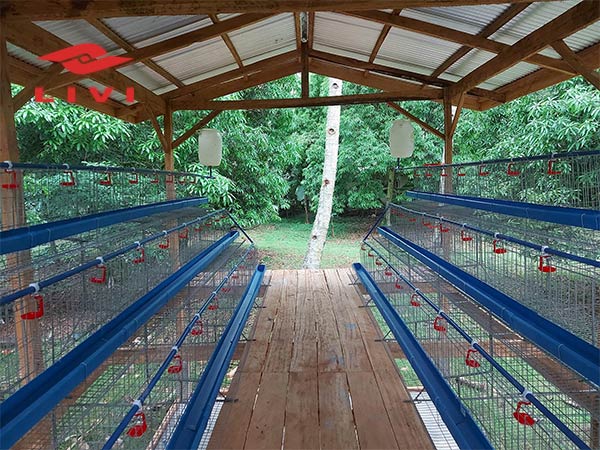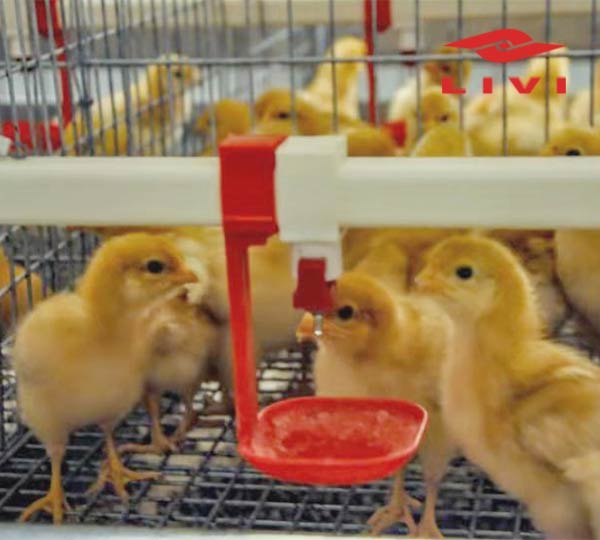When considering the cost of a chicken cage for rearing 5000 layers in Colombia, there are several factors to take into account. The type of chicken cage, its quality, size, and material will all play a role in determining the overall cost. Additionally, labor costs, transportation fees, and any additional equipment needed for the operation should be considered in the budgeting process.
Type of chicken cage
One of the first things to consider when calculating the cost of a chicken cage is the type of cage system you plan to use. There are various types of chicken cages available, including battery cages, enriched colony cages, and free-range systems. Each type of cage has its own advantages and disadvantages, as well as associated costs. Battery cages, for example, are typically less expensive upfront but may require more maintenance over time. Enriched colony cages and free-range systems may have higher initial costs but could provide better living conditions for the chickens.

Size of the chicken cage
The size of the chicken cage is another important factor to consider when estimating costs. The number of layers you plan to rear will determine the size of the cage needed. In this case, with 5000 layers, you will need a large cage or multiple cages to accommodate all the birds comfortably. The size of the cage will impact both the initial cost of the system as well as ongoing maintenance expenses.
Quality of the chicken cage
The quality of the chicken cage is crucial for the well-being of the birds and the long-term success of the operation. Investing in a high-quality cage made of durable materials will likely result in lower maintenance costs and better performance over time. Cheaper, lower-quality cages may need to be replaced more frequently, leading to higher costs in the long run.

Other Costs
In addition to the cost of the chicken cage itself, it’s essential to consider other expenses associated with setting up and running the operation. Labor costs, for example, will play a significant role in the overall budget. You will need to factor in the cost of hiring workers to care for the chickens, clean the cages, and handle other tasks related to the operation.
Transportation fees should also be taken into account when budgeting for a chicken cage. Depending on the location of the supplier and the size of the cage, transportation costs could vary significantly. It’s essential to obtain quotes from various suppliers and factor in these costs when calculating the total expense.

Finally, additional equipment such as feeders, waterers, lighting systems, and ventilation systems should be included in the budget. These items are essential for the health and well-being of the chickens and will contribute to the overall cost of the operation.
In conclusion
In conclusion, when estimating the cost of a chicken cage for rearing 5000 layers in Colombia, it’s essential to consider the type of cage, its size, quality, and associated expenses such as labor, transportation, and additional equipment. By carefully planning and budgeting for these costs, you can ensure the success of your chicken rearing operation.
About Us
LIVI is a leading manufacturer of poultry cages in Colombia. We offer a variety of battery cages for laying hens, including A-Type 120 Birds Capacity Battery Cages. Our cages are made from high-quality materials and are designed to meet the specific needs of our customers.
If you are looking for a high-quality battery cage for your laying hen operation, contact LIVI today. We would be happy to discuss your specific needs and help you find the right cage for your operation.
Email: [email protected] or whatsapp: +86 15824660807



















